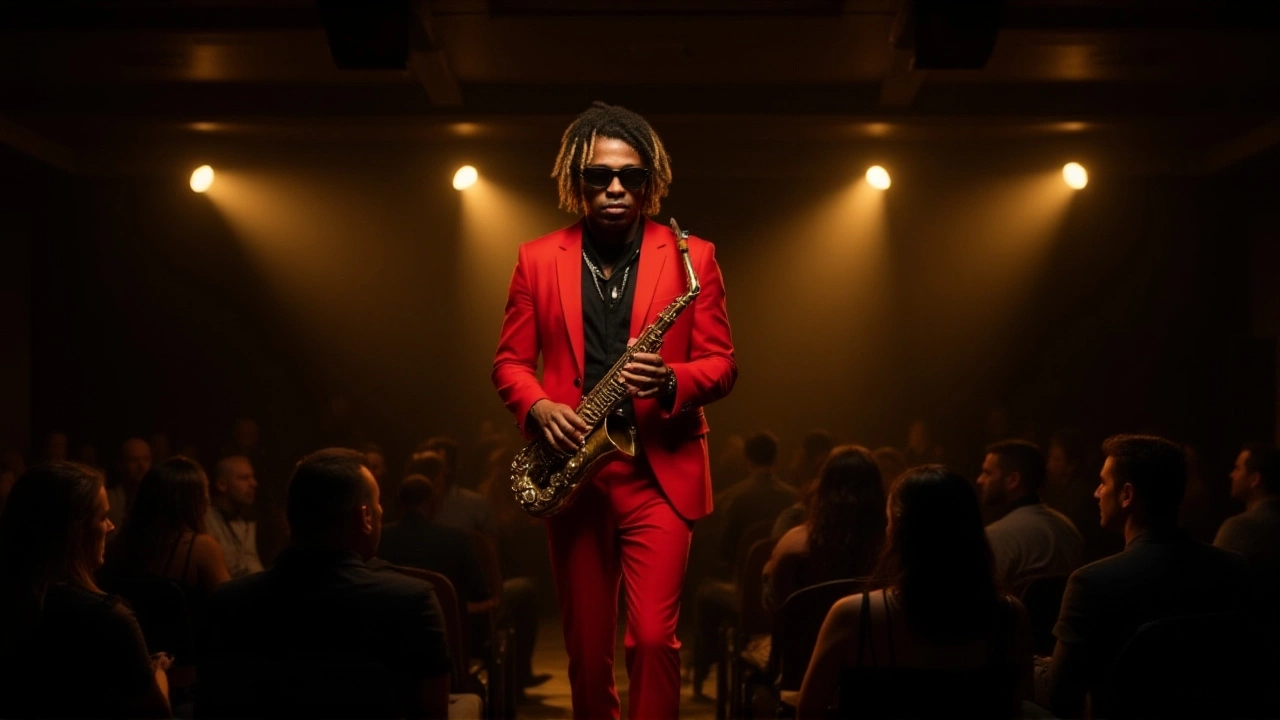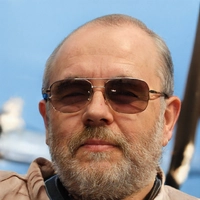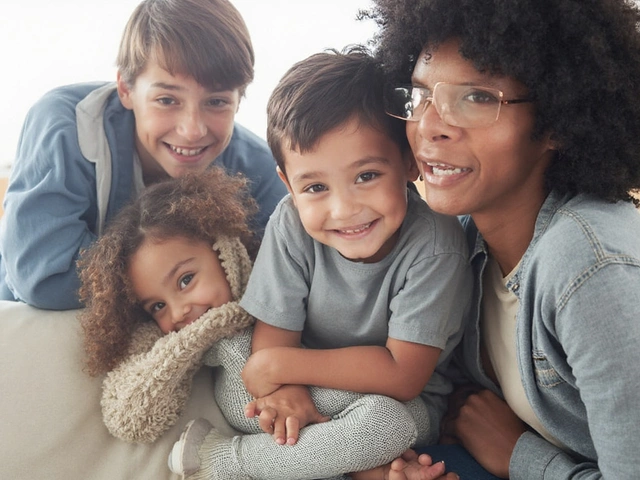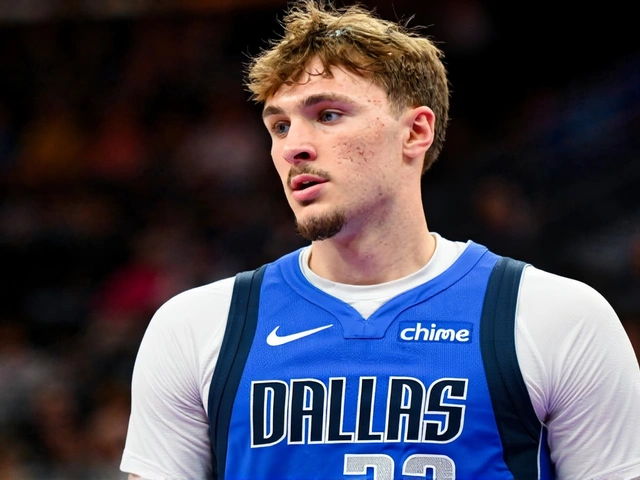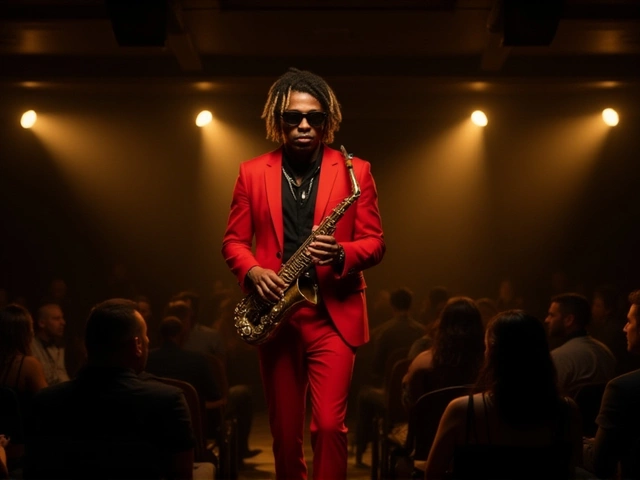On Thursday, November 20, 2025, at 8:00 PM Eastern Time, the Natalie Boeyink Jazz Ensemble will take the stage at the Musical Arts Center in Bloomington, Indiana for the final performance of the fall semester — a night that promises swing, soul, and a sonic showdown like no other. The concert, free and open to the public, will also stream live via LIVE@jacobs, the digital arm of the Jacobs School of Music at Indiana University. For students, faculty, and jazz lovers alike, this isn’t just another recital. It’s the capstone of months of late-night rehearsals, meticulous arrangements, and the kind of musical chemistry that only comes from playing together under the steady, intuitive baton of Boeyink.
A Conductor Who Plays Like She Leads
Natalie Boeyink isn’t just an associate professor of jazz studies — she’s a working bassist who’s spent years in rhythm sections, feeling the pulse of a tune from the inside out. That experience shows. When she talks about a piece like Stevie Wonder’s "My Cherie Amour," her voice softens. "It’s really beautiful, and it’s got some gorgeous moments," she said. "It’s kind of one of those tunes where, when the sunshine comes out from behind the clouds, it makes the hair on your arm stand up." That’s not the kind of language you hear from every conductor. It’s the language of someone who’s lived the music, not just taught it.Her students notice. David Pettus, a sophomore jazz saxophone major who’s played in her ensemble for two years, says her background as a bassist makes her unusually detail-oriented. "She hears the spaces between the notes," Pettus explained. "Not just what we’re playing, but what we’re not playing — the silence, the breath, the lift before the downbeat. That’s what turns good playing into something that moves people."
The Setlist: From Sinatra to Sonic Battle
The concert’s 10-song set spans decades. Expect smooth, smoky interpretations of Frank Sinatra standards — tunes that once filled smoky lounges and radio airwaves. Then comes the surprise: a lush, unexpected arrangement of Stevie Wonder’s "My Cherie Amour," reimagined with jazz harmonies that linger like evening mist. But the real fire comes at the end. The final piece? Jeff Lopez’s 1998 composition "Pea Shooter.""It’s really just a burner," said one ensemble member, identified only as White in the Indiana Daily Student. "The energy is high. There’s some really cool solo sections going on. It’s really unlike anything I’ve ever played, and I think it highlights the technical ability of all the members of the ensemble."
"Pea Shooter" isn’t just fast — it’s a duel. The drums and tenor saxophone lock into a rhythmic tug-of-war, each pushing the other higher, harder, faster. It’s the kind of piece that leaves audiences breathless and musicians drenched in sweat. And it’s the perfect metaphor for what this ensemble has become under Boeyink: precise, powerful, and unapologetically alive.
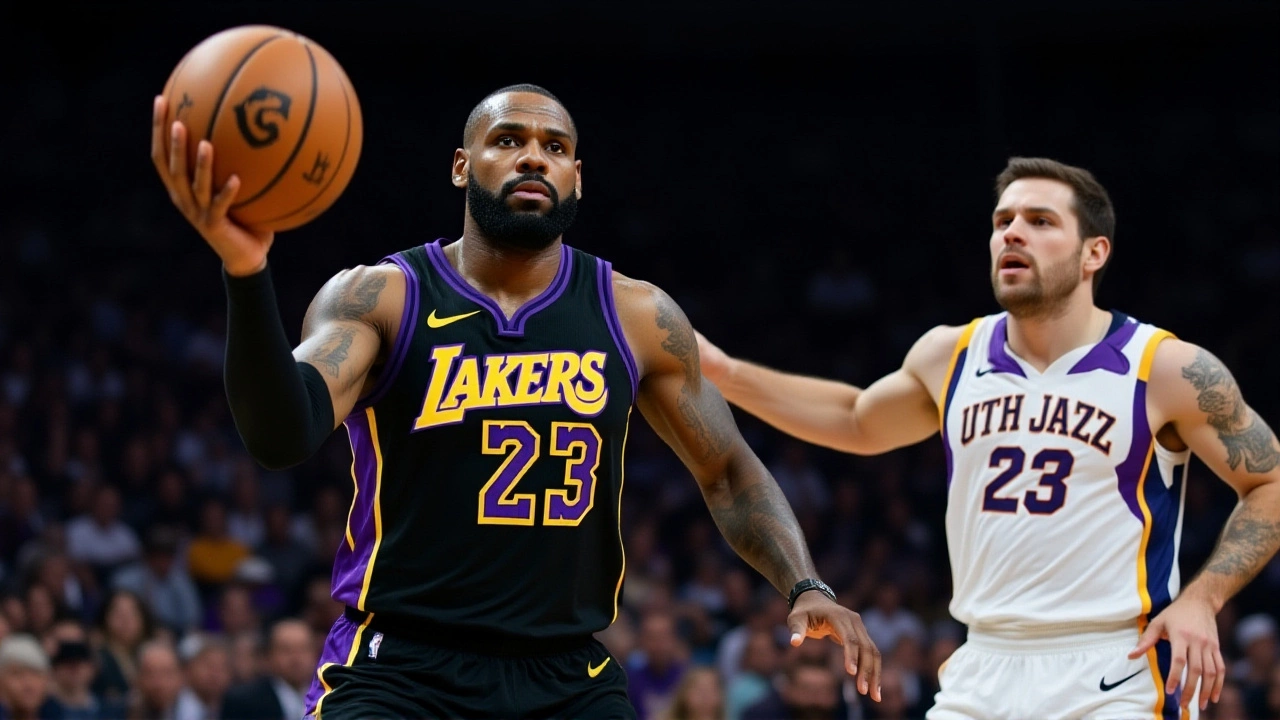
Two Concerts. One Rule. A Culture of Access
The Jacobs School of Music requires all large jazz ensembles to perform twice each semester — a policy that ensures students aren’t just practicing in isolation, but learning how to communicate with audiences. The October 13 show at the Buskirk-Chumley Theatre was the first of this semester’s two required performances. That one drew a packed crowd of students, parents, and local jazz fans — all admitted free of charge. This tradition of free admission, dating back decades, reflects the school’s belief that great music shouldn’t be locked behind ticket booths.The Musical Arts Center, where the November 20 concert will unfold, opened in 1972 and remains the crown jewel of Indiana University’s performance venues. With its acoustics tuned for jazz, blues, and big band, it’s the ideal space for this final statement. And for those who can’t make it? LIVE@jacobs makes sure the music travels further than Bloomington’s city limits — streaming to homes in Chicago, Atlanta, even Tokyo.
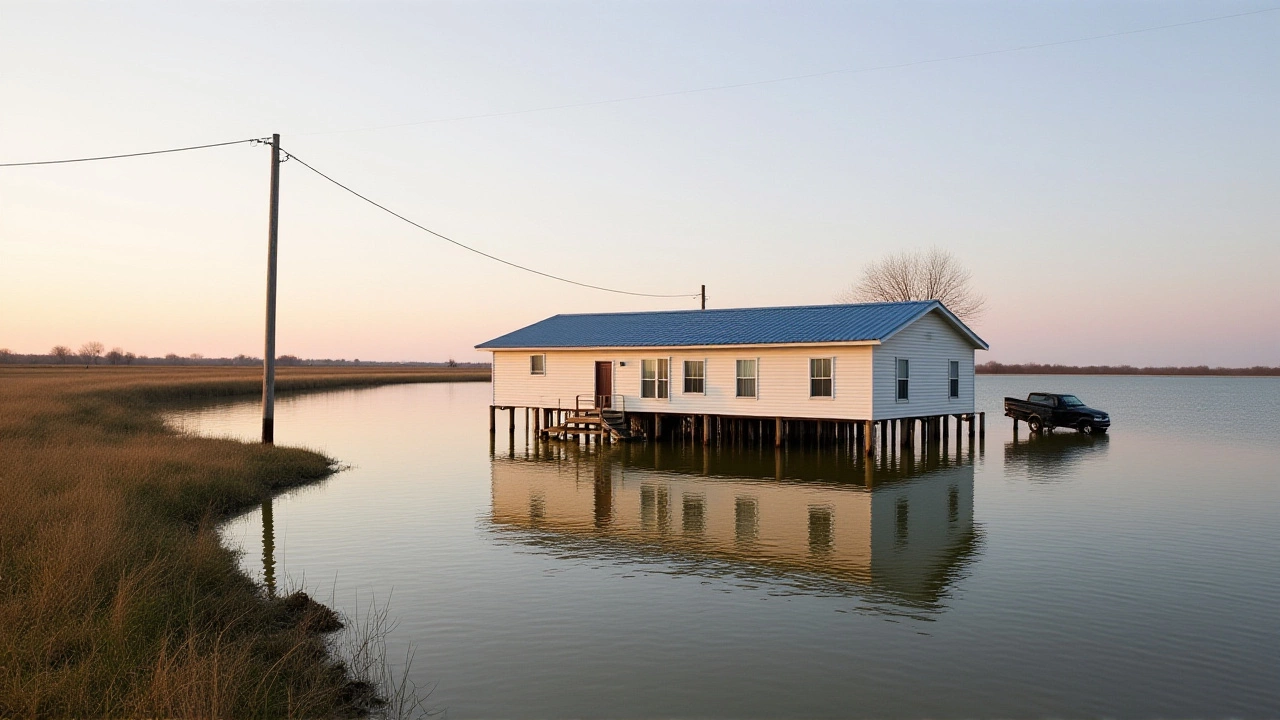
Beyond the Final Note
This concert isn’t just an ending. It’s a bridge. For Pettus and his peers, it’s a milestone before winter break — a moment to reflect on how far they’ve come. For Boeyink, it’s the latest chapter in a three-year tenure that’s already reshaped how students think about ensemble playing. And for the Jacobs School of Music, founded in 1921 and renamed in 2005 after a transformative gift from David H. and Barbara Jacobs, it’s another reminder of why music education matters: not because it produces stars, but because it builds communities.The ensemble’s repertoire — from 1940s standards to 1998 originals like "Pea Shooter" — shows how jazz isn’t a relic. It’s a living, evolving language. And on November 20, in that grand hall in Bloomington, it will speak louder than ever.
Frequently Asked Questions
Is the concert really free, and do I need tickets?
Yes, the concert is completely free, with no tickets required — a long-standing policy of the Jacobs School of Music. Seating is first-come, first-served, and doors open at 7:00 PM. The same policy applied to the October 13 show at Buskirk-Chumley Theatre, which drew over 400 attendees. Even international viewers can tune in for free via LIVE@jacobs.
Why is Natalie Boeyink’s leadership considered unique among jazz educators?
Unlike many conductors who come from academic backgrounds alone, Boeyink is an active professional bassist with decades of experience in live rhythm sections. This gives her an intuitive grasp of groove, timing, and dynamics that translates into unusually precise yet emotionally resonant rehearsals. Students say she hears "the spaces between the notes," a trait rarely found in classroom-only instructors.
What makes "Pea Shooter" stand out in the jazz repertoire?
Composed by Jeff Lopez in 1998, "Pea Shooter" is a modern jazz burner that pits the tenor saxophone against the drum kit in a rhythmic duel. Its complexity, rapid-fire changes, and demand for ensemble cohesion make it a rarity in student programs. Few college ensembles attempt it — and even fewer pull it off with the precision and energy this group is expected to deliver on November 20.
How does LIVE@jacobs expand access to these performances?
LIVE@jacobs streams every major Jacobs School performance for free, reaching viewers in all 50 U.S. states and over 30 countries. In 2024, the platform recorded over 1.2 million streams — a 42% increase from the prior year. For students in rural areas or those with mobility challenges, it’s often the only way to experience world-class jazz education in real time.
What’s next for the Natalie Boeyink Jazz Ensemble after this concert?
After the winter break, the ensemble will return in January 2026 for its spring semester performances, including a planned collaboration with the IU Jazz Choir and a regional tour to Indianapolis and Louisville. The group is also preparing a recording session for the school’s annual jazz anthology, with "Pea Shooter" likely to be featured as a standout track.
How does this concert fit into the broader mission of the Jacobs School of Music?
The Jacobs School of Music emphasizes performance as core to education — not just an add-on. Requiring two public concerts per semester ensures students learn to communicate under pressure, adapt to live acoustics, and connect with audiences. This philosophy, rooted since the school’s 1921 founding, has produced Grammy-winning artists and shaped jazz pedagogy nationwide.





